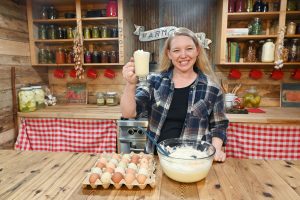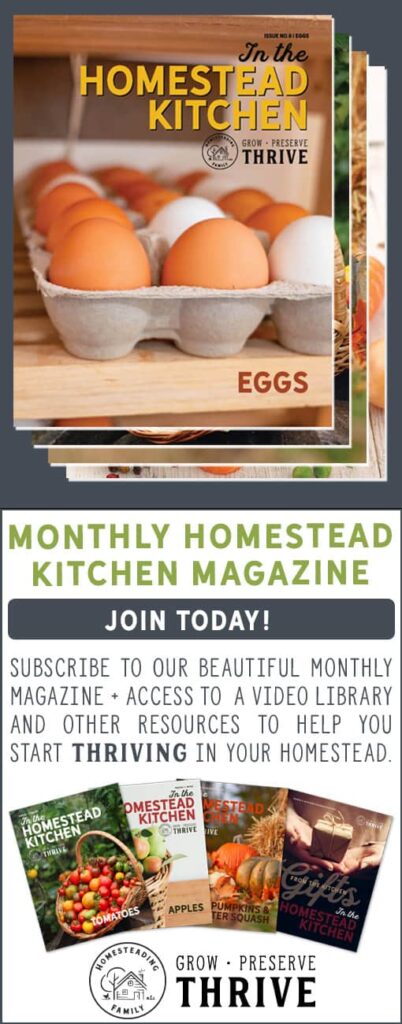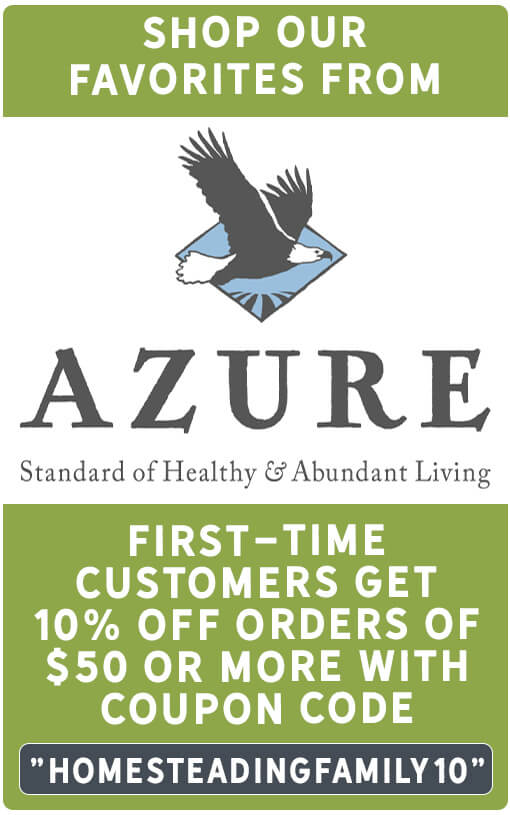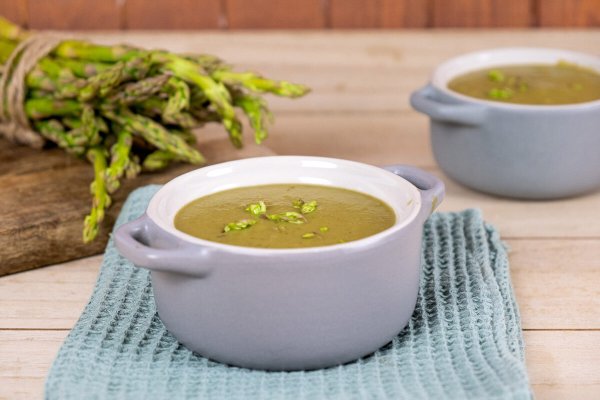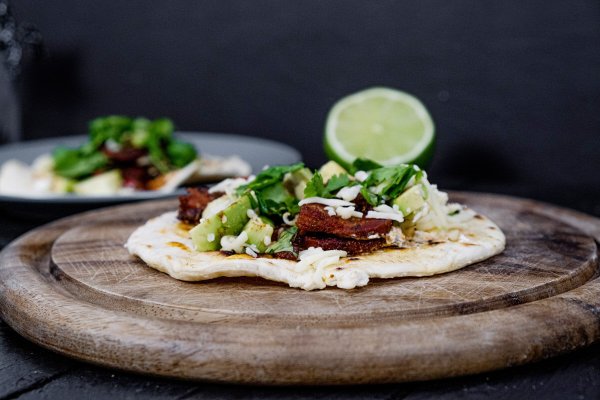This podcast is a bit of a departure from our normal homesteading topics. However, we feel like it goes hand in hand with building systems and resiliency on the homestead. We’ve discussed livestock resilience, garden resilience and food resilience, but there’s one other area we think isn’t discussed enough: financial resilience.

What Financial Resilience Means to Us
For us, financial resilience means having our finances in order in a way they can keep humming on, even with the hits of life. Being in a place where, if someone gets sick or there’s an unexpected financial strain, life can continue without much disruption.
This could be due to financial loss, changes in the economy, death in the family, or so many other circumstances. But life is going to happen whether we’re ready or not. So being prepared and having financial resiliency is just as important as the rest.
Financial Systems
When thinking about financial systems, there are a few areas that come to mind:
- In-flows and Out-flows – We generally think of this system regarding money (or a payday), but it can also relate to other assets. Gardening, raising animals, and saving money all count.
- Assets – These are things of value that can work for us. Most of us will think of stocks, bonds, real estate, etc. However, our animals, equipment and garden are all assets here as well.
- Liabilities – Liabilities are debts that work against the inflows. Credit cards, student loans, car payments, mortgages, illnesses, limitations, etc.
It’s important to note we’re not financial advisors or investment experts. This isn’t meant as advice, but just information for you to consider and do your own research.
To Build Financial Resiliency, You Must Reduce Liabilities
Unfortunately, we live in a debt-driven economy and world where having debt is considered the norm (and even encouraged). But we should all work to reduce these liabilities to free up those finances to save or use for future investments.
If you want to build financial resiliency, you have to reduce the liabilities. This means either eliminating credit completely or only using credit that you can pay off each month.
Another angle to reducing liabilities is to reduce the cost of purchases. This is somewhat inherent in homesteading as we’re constantly trying to reduce overhead costs. We’re growing our vegetables, raising our meat, trying to fix things ourselves as much as possible, and always reusing what we can.
We’ve discussed how to reduce waste in the home and even how to save money on groceries by reducing food waste. However, this area of reducing overhead costs is often overlooked.
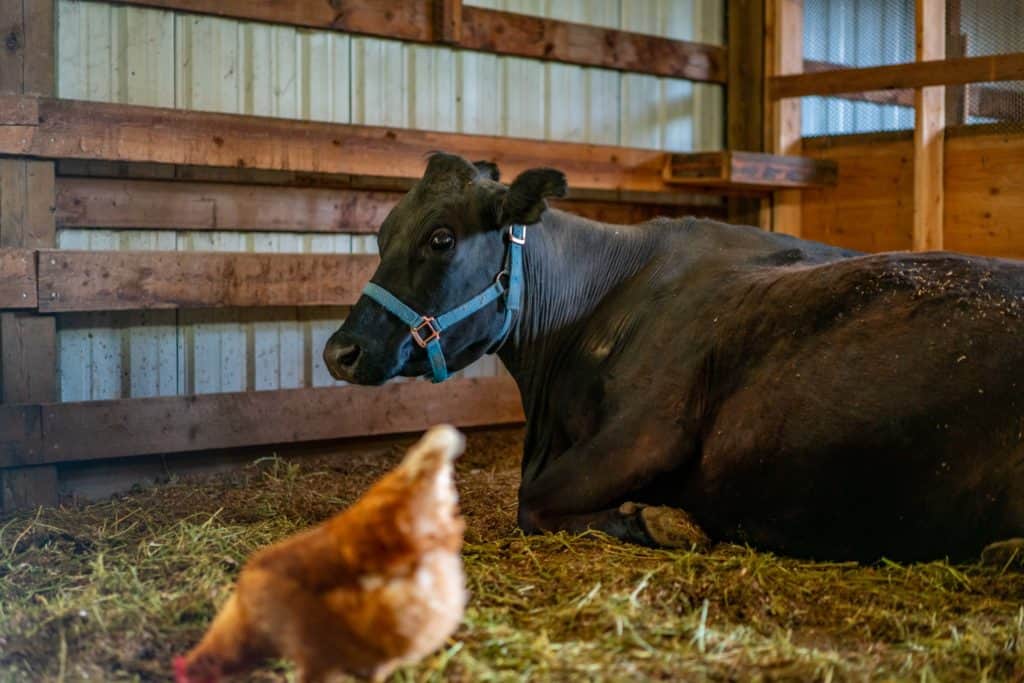
Build Reproducible Assets
Having items that hold or produce value are considered assets. When you begin homesteading, there are many potential assets at your fingertips.
Generally, when thinking of finances and investing, we want reproducible assets. Stocks that grow in value, or have a dividend: bonds, real estate, property… all of these are financial tools that are considered assets to bring you a return later on (or a source of recurring income).
While stocks, bonds and real estate are all common assets in today’s economy, there are a lot of homesteading assets that aren’t necessarily considered as such in the mainstream financial world.
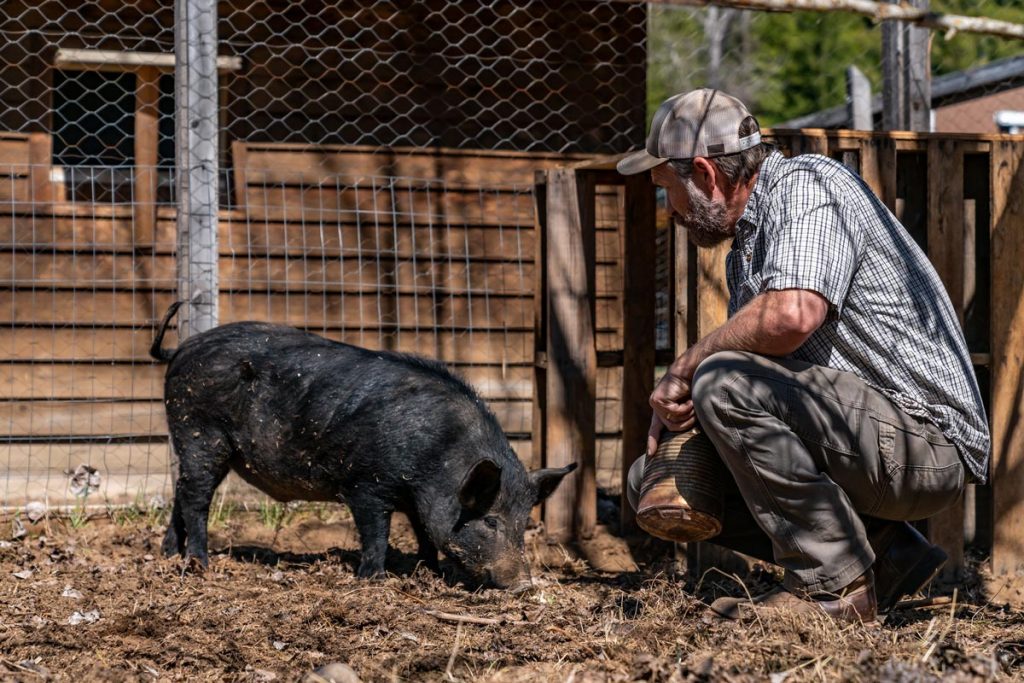
Animals
In order to think of your animals as reproducing assets, you have to think beyond just buying an animal each year. In other words, look beyond what you’re buying this year and consider the future. Instead of buying one steer, 40 meat chickens, or a feeder pig yearly to raise for your family, start considering ways to reproduce them at a minimal cost.
Maybe you get a dual-purpose cow that can give you milk and that you can breed for a steer (or future milk cow) every year. Consider hatching out chicks to keep your egg-laying flock going. Perhaps you raise a pig and a boar for an ongoing supply of feeder pigs.
From there, you can start to think of the “extras.” If you end up with more feeder pigs than your family needs for the year, you can now sell the extras for someone else to raise or raise them yourself and sell for someone else to butcher.
Given you have the space, raising multiple steers can start paying for itself by selling two or three steers and keeping one for your family.

Fruit Trees
Fruit trees produce a yield every year for very little work. If you plant more fruit trees than you need, you now have a surplus with value. In hard times, you an eat more fruit or sell the surplus for additional income.
You also increase your livestock resilience with excess fruit by having an additional feed source.
You increase your community’s resilience by being able to offer fruit to neighbors.
As we begin to bring things more home-centered, we quickly find many benefits that come with it. As we’ve segmented areas of our lives, we’ve lost touch with these benefits.
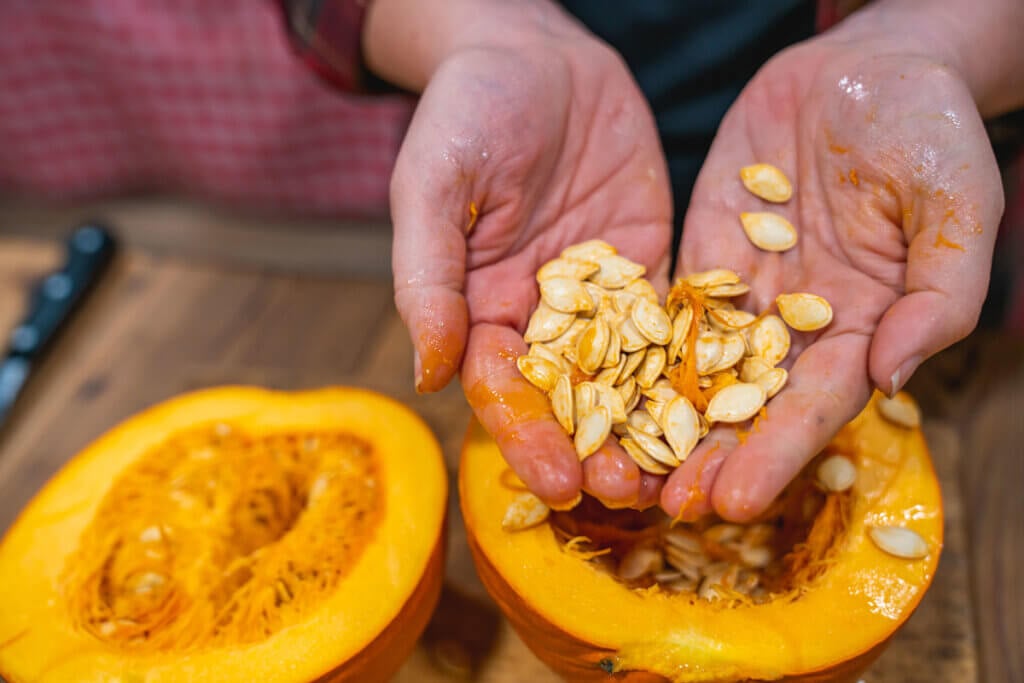
Seeds
This is an incredible asset that can help build financial resiliency. Purchasing seeds once can produce food for years to come. Learning how to save seeds creates a reproducible asset that can not only feed your family for generations but neighbors and the community as well.
Gold and Silver
And finally, we do think it’s wise to have gold and silver as assets, not investment tools but as a hedge against inflation.
All of these reproducible assets are important in today’s economy to build resiliency. Take a look at your assets and consider how you may be able to start reproducing them to build more resiliency today.

More Posts You May Enjoy
- Genesis Gold Group – Empowering Faith-Driven Stewardship
- Building Up a Well-Stocked Pantry
- Preparing for Inflation and Food Shortages
- 10 Things I Wish I Knew Before I Started Homesteading
- How to Beat Inflation at the Grocery Store
- Eating Well on a Budget (With Tiffany from Don’t Waste the Crumbs)
- 3 Things You Must Do To Increase Self-Sufficiency


